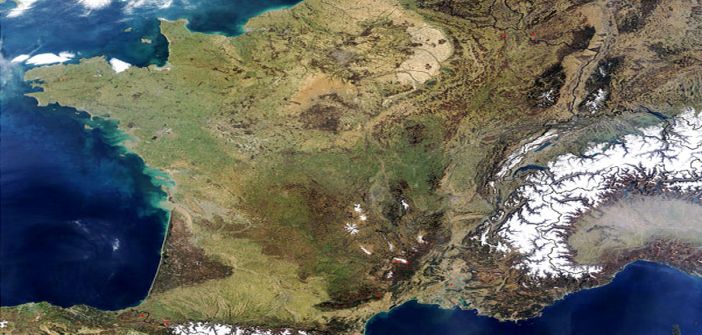The milestone of 90? France could welcome this year no fewer than 88 or even 89 million tourists, compared to just 82.5 million travelers in 2016.
However, we must hope for good weather in August and that no terrorist attacks occur.
To reach the target of welcoming 100 million tourists by 2020, we will still need to double our efforts, as the Prime Minister wants with his action plan.
For example, by diversifying the regions favored by holidaymakers on the move: the problem for now is that 90% of tourists who come to France go to Île-de-France, the Provence-Alpes-Côte d’Azur region, or the Rhône-Alpes region in the mountains during winter.
Thus, while France is the world’s top tourist destination, it ranks only 53rd in terms of spending, with tourists spending barely more than €550 during their stay.
In constant growth for several years, the number of foreign visitors in France dropped by 2.3% in 2016, despite hosting the Euro football championship, to 83 million.
The series of attacks in Paris, Brussels, and Nice, and the state of emergency had deterred many tourists concerned about their safety, particularly Asians, led by the Japanese, Americans, and Russians.
Another asset for the revival of foreign tourism in France as early as this summer: the attractiveness of provincial cities has increased in recent years, promoting urban tourism beyond Paris. Thus, Bordeaux receives 6 million visitors per year, twice as many as ten years ago. The Port of the Moon, a UNESCO World Heritage Site, and the Wine City, which opened in 2016, have allowed Bordeaux to become a major player in French tourism and a base camp for discovering Nouvelle-Aquitaine.
Paris is also regaining its former success in the early months of 2017, with 4.8 million tourists, an increase of 4.1% over one year.
On the seaside resorts, the Côte d’Azur and Brittany are the primary beneficiaries of the return of foreign visitors.


